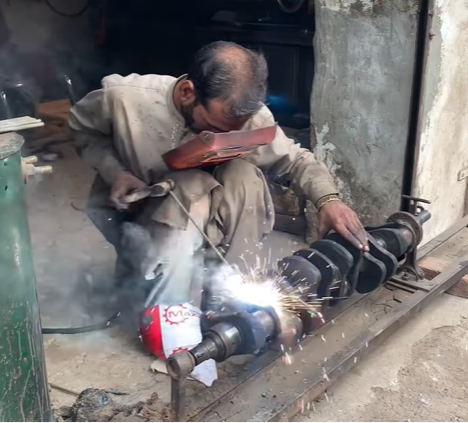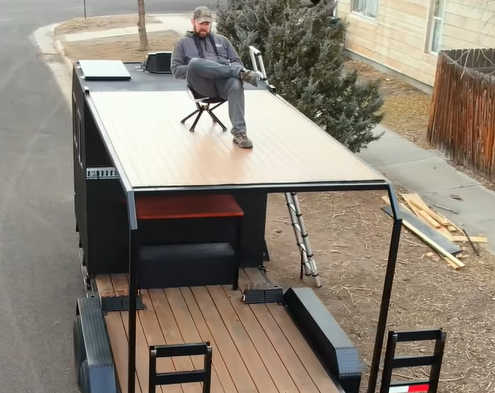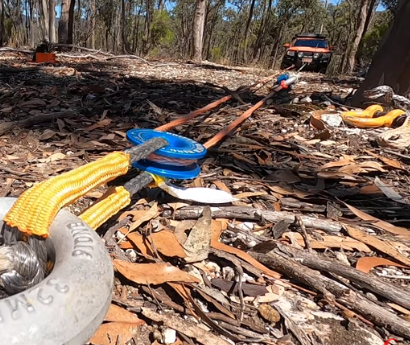
If you watch videos from other countries, where guys are doing repairs that would seem nearly impossible without modern tools, you start to appreciate and understand what our grandparents and great grandparents were doing to make similar repairs. It’s a true testament to how good something can be even without CNC machines or what have you. In this video, the only equipment used to fix this completely snapped crankshaft is a drill press, a stick welder, and a lathe. The lathe isn’t anything new, but it does seem to work well, and the guy using it clearly knows what he’s doing. But the lathe could be 50 years old or 5, it’s all the same.
Watch as this guy cleans and machines each end of the broken pieces, which might actually be from two different crankshafts, slides them together, indexes them, and then gets his arc welding on. He then straightens the crank, machines the crank, and finally drills the oiling holes in it and then sends it on its way to be used in some truck or what have you. It’s impressive and you’ll dig it.
[embedded content]
Facebook Find: This 1980 Z28 Camaro Is Throwback Greatness I Would Drive Like A Boss







